Finding the best bread for toast can transform your breakfast from ordinary to extraordinary. Whether you crave that perfect golden crunch or prefer a softer bite with your morning butter and jam, choosing the right loaf makes all the difference. I've spent years experimenting in my kitchen, testing everything from artisan sourdough to classic white sandwich bread, and I'm excited to share what truly works.
The best bread for toast isn't just about texture; it's about how well it holds your favorite toppings, how it crisps in the toaster, and whether it keeps you satisfied until lunch. From whole wheat varieties packed with nutrients to French bread that delivers that irresistible crunch, each option brings something special to your breakfast table. Let me walk you through the top choices that will elevate your toast game forever.
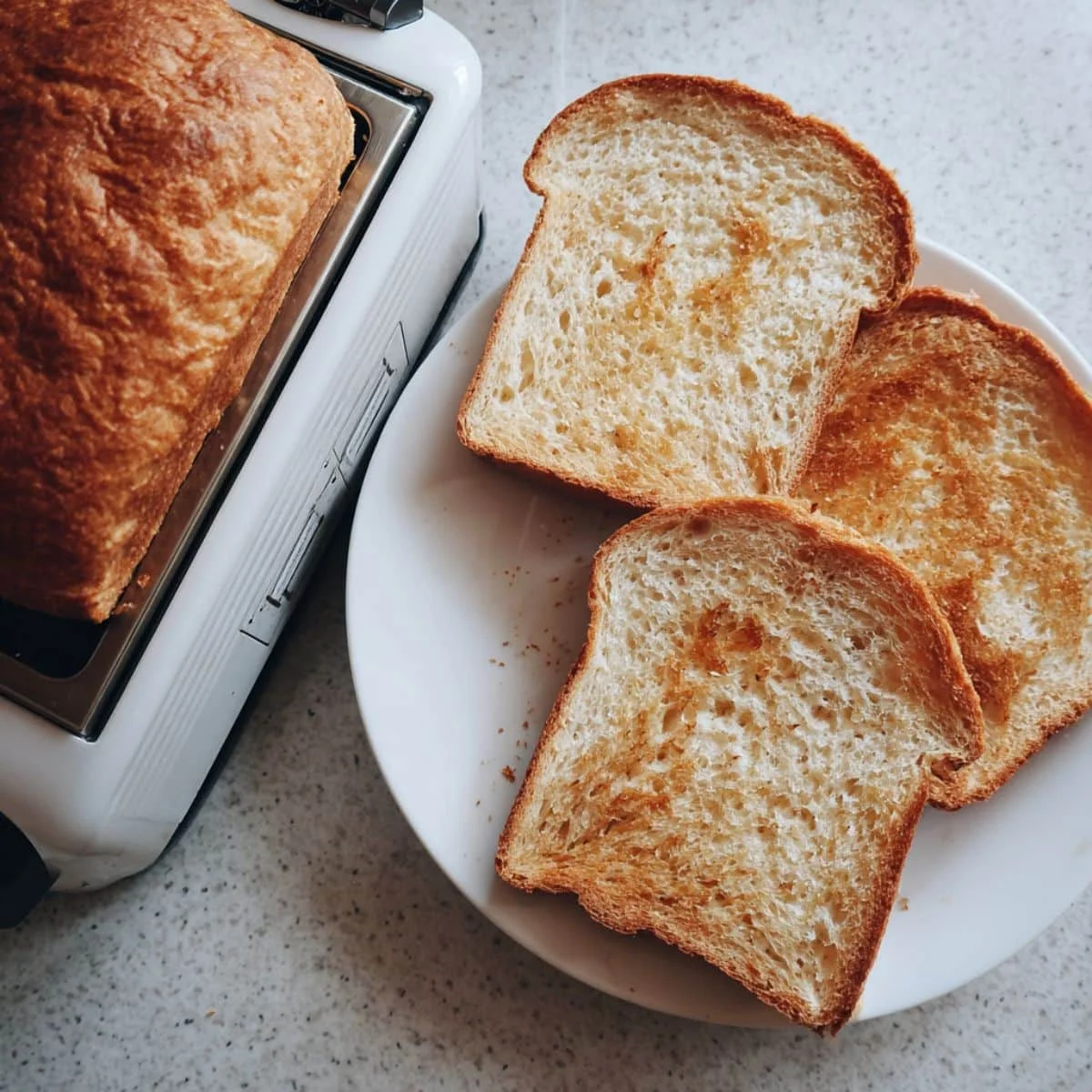
Why Choosing the Right Toast Bread Changes Everything?
When you select the best bread for toast, you're setting yourself up for breakfast success every single day. The right bread creates that perfect balance between crispy exterior and tender interior, holds toppings without getting soggy, and provides the nutritional foundation your body needs. I've learned that texture matters enormously; thick-sliced artisan loaves deliver satisfying crunch while softer sandwich breads offer gentle comfort with every bite.
What makes the best bread for toast stand out is versatility and freshness. Premium options like sourdough bring complex flavors that complement both sweet and savory toppings, while multigrain varieties add nutty depth and extra fiber. The secret lies in understanding moisture content, crumb structure, and how different grains respond to heat. Whether you're making avocado toast for brunch or simple buttered toast for breakfast, starting with quality bread transforms the entire experience into something memorable.
Jump to:
Ingredients
- Bread flour or all-purpose flour
- Whole wheat flour
- Active dry yeast
- Warm water
- Milk
- Butter
- Sugar or honey
- Salt
- Eggs
- Seeds (sesame, poppy, sunflower)
- Olive oil
- Garlic powder
- Herbs (rosemary, thyme)
- Oats
- Rye flour
- Sourdough starter
- Cornmeal
- Vital wheat gluten
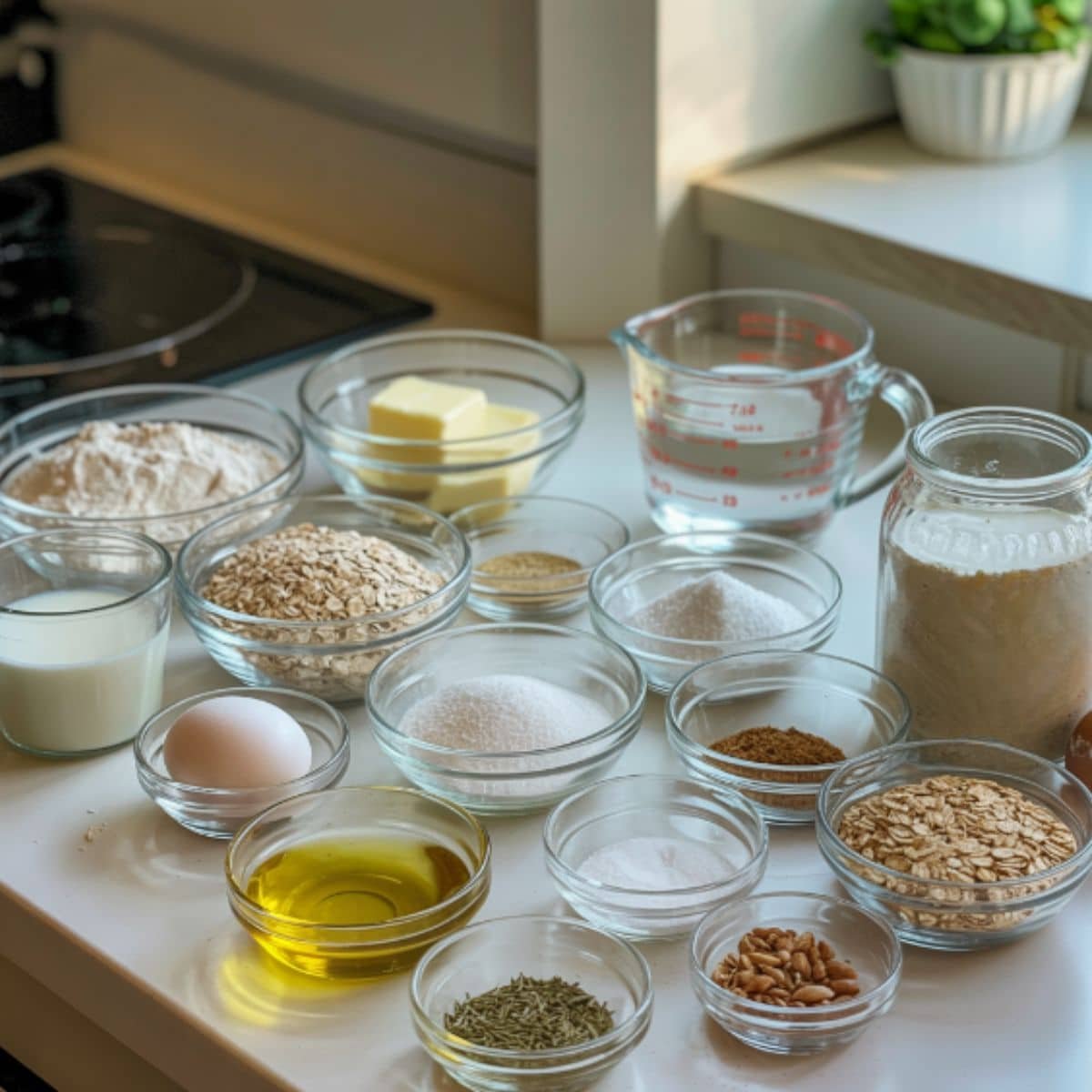
See recipe card for quantities.
Instructions
Prepare Your Dough
- Mix warm water with yeast and a pinch of sugar, letting it activate for 5-10 minutes until foamy
- Combine flour, salt, and any additional ingredients like seeds or herbs in a large mixing bowl
- Add the yeast mixture along with butter, milk, or eggs, then knead until smooth and elastic (about 8-10 minutes by hand)
- Place dough in a greased bowl, cover with a damp towel, and let it rise in a warm spot until doubled in size
Shape and Second Rise
- Punch down the risen dough gently to release air bubbles
- Shape into loaves by rolling and tucking edges underneath, then place in greased loaf pans
- Cover again and allow the shaped loaves to rise for another 30-45 minutes until they reach just above the pan rim
- Brush tops with butter or egg wash for a beautiful golden finish
Bake to Perfection
- Preheat your oven to 375-400°F depending on the bread type
- Bake loaves for 30-40 minutes until golden brown and hollow-sounding when tapped on the bottom
- Remove from pans immediately and cool on wire racks for at least 20 minutes before slicing
- Store properly to maintain freshness and optimal toasting quality
Equipment For Best Bread for Toast
- Stand mixer with dough hook attachment
- Large mixing bowls
- Measuring cups and spoons
- Loaf pans (9x5 inch)
- Kitchen scale for precise measurements
- Bench scraper
- Cooling racks
- Bread knife for clean slicing
- Kitchen thermometer
- Pastry brush
- Clean kitchen towels
- Toaster or toaster oven for testing the best bread for toast results
Expert Cooking Tips
- Use room temperature ingredients for better dough consistency and even rising
- Don't skip the kneading process; it develops gluten for perfect texture in the best bread for toast
- Test yeast freshness by proofing it first; inactive yeast ruins your entire batch
- Add steam to your oven by placing a pan of water on the bottom rack for crustier artisan-style loaves
- Let bread cool completely before slicing to prevent gummy texture
- Store homemade bread in paper bags rather than plastic to maintain crust texture
- Freeze extra loaves sliced for easy morning toasting
- Adjust hydration levels based on humidity; drier climates need slightly more liquid
Recipe Variations
- Sourdough variation: Replace commercial yeast with active sourdough starter for complex tangy flavor perfect as the best bread for toast
- Multigrain version: Add rolled oats, flax seeds, and sunflower seeds for nutritious texture
- Cinnamon raisin bread: Swirl cinnamon sugar and raisins through the dough for sweet breakfast toast
- Herb focaccia style: Press herbs and olive oil into the top for savory Italian-inspired toast
- Whole wheat honey bread: Substitute half the white flour with whole wheat and add extra honey
- Seeded crust variation: Brush with egg wash and coat with everything bagel seasoning
- Brioche-style enriched bread: Double the butter and eggs for rich, tender French toast bread
- Gluten-free adaptation: Use gluten-free flour blend with xanthan gum for dietary needs
Storage
- Room temperature: Keep bread in a paper bag or bread box for up to 3 days for optimal toasting quality
- Refrigeration: Avoid refrigerating bread as it accelerates staling and changes texture
- Freezing: Slice the best bread for toast before freezing; store in airtight freezer bags for up to 3 months
- Thawing: Toast frozen slices directly from the freezer or thaw at room temperature for 15 minutes
- Reviving stale bread: Sprinkle with water and warm in a 300°F oven for 5-10 minutes
- Pre-slicing: Cut your homemade loaf into even slices before storing for convenient morning toasting
The Toast Master's Hidden Secrets
After years of perfecting toast, I've discovered that the best bread for toast comes down to two crucial factors: moisture balance and structure. Professional bakers know that slightly day-old bread actually toasts better than fresh because reduced moisture content allows for more even browning and crispier results. When you bake at home, let your loaf rest for 24 hours before slicing; this resting period allows the crumb to set properly and the flavors to develop fully.
The second secret involves slicing thickness and toaster settings. The best bread for toast performs optimally when cut between half-inch to three-quarter-inch thick; thinner slices burn too quickly while thicker ones remain doughy inside. Always adjust your toaster based on bread density; airy sourdough needs less time than dense whole wheat. For ultimate perfection, I brush my bread lightly with butter before toasting, creating an incredible golden crust that stays crispy even under heavy toppings like avocado or jam.
FAQ
What type of bread is best for toast?
The best bread for toast depends on your preference, but sourdough, whole wheat, and thick-sliced white bread rank highest for most people. Sourdough offers complex flavor and excellent crunch, while whole wheat provides fiber and nutrients. Classic white sandwich bread delivers reliable results with soft texture and even browning. For gourmet options, try ciabatta or artisan multigrain. The best bread for toast should have sturdy structure to support toppings, good moisture content for crisp edges, and fresh quality that transforms beautifully under heat.
What makes the best toast?
The best toast combines several elements: quality bread, proper thickness, and correct toasting time create perfection. Start with the best bread for toast—fresh, well-structured loaves with good crumb texture work beautifully. Slice bread between half to three-quarter inch thick for optimal browning without burning. Toast until golden brown with slightly crispy edges but tender interior. Butter immediately while hot so it melts into every crevice. Temperature matters too; medium-high heat creates better caramelization than low slow toasting, giving you that irresistible crunch everyone loves.
What bread is healthiest for toast?
Whole wheat, multigrain, and sourdough lead as the healthiest options for toast. Whole wheat bread contains complete grain nutrition including fiber, B vitamins, and minerals that white bread lacks. Multigrain varieties add seeds and various grains for extra protein and omega-3 fatty acids. Sourdough, while not whole grain, offers easier digestibility due to fermentation that breaks down gluten and phytic acid. The best bread for toast from a health perspective provides at least three grams of fiber per slice, minimal added sugars, and whole grains listed as primary ingredients for sustained energy.
Is sourdough or wheat toast healthier?
Both sourdough and wheat toast offer distinct health advantages, making them excellent choices as the best bread for toast. Whole wheat provides more fiber, vitamins, and minerals since it contains the entire grain. Sourdough, however, offers superior digestibility because fermentation reduces gluten content and increases nutrient bioavailability, making minerals easier to absorb. Sourdough also has a lower glycemic index, causing smaller blood sugar spikes. For maximum nutrition, choose whole wheat sourdough, combining both benefits. Either option beats refined white bread significantly, so the best bread for toast ultimately depends on personal dietary needs and digestive comfort.
Start Your Perfect Toast Journey Today
Now that you understand what makes the best bread for toast, it's time to explore even more delicious bread recipes that will expand your baking repertoire. The knowledge you've gained about texture, moisture content, and toasting techniques applies far beyond your morning routine; these principles enhance every bread-based dish you create.
Speaking of expanding your horizons, don't miss our 7 Authentic Indian Bread Recipes that showcase flatbreads and specialty loaves from across India, each with unique flavors and traditional techniques. If you're looking for something sweet and simple, our 5-Ingredient Banana Bread Recipe Gluten Free delivers moist, delicious results without complicated steps or specialty ingredients. Both recipes complement your newfound toast expertise, proving that the best bread for toast is just the beginning of your baking adventure. Whether you stick with classic breakfast toast or venture into international breads, you'll always return to that perfect golden slice that started it all.
From my kitchen, with heart.
Megan Riley ❤️
Related
Looking for other recipes like this? Try these:
Pairing
These are my favorite dishes to serve with the best bread for toast

Homemade Bread for Toast
Equipment
- 1 Stand mixer with dough hook
- 2 Mixing bowls
- 1 Kitchen scale
- 2 Loaf pans 9x5 in
- 1 Pastry brush
- 1 Bread knife
- 1 Toaster or oven
- 1 Cooling rack
Ingredients
- 3 cups Bread flour or all-purpose
- 1 cup Whole wheat flour
- 2.25 teaspoon Active dry yeast
- 1.25 cups Warm water
- 0.5 cup Milk
- 2 tablespoon Butter Softened
- 2 tablespoon Sugar or honey
- 1.5 teaspoon Salt
- 1 Egg
- 2 tablespoon Seeds sesame/sunflower, optional
- 1 tablespoon Olive oil
- Herbs optional (rosemary, thyme)
Instructions
- Combine yeast and warm water.
- Add flour and liquids, knead until smooth.
- First rise, about 1 hour.
- Form into loaves and place in pans.
- Second rise 30–45 minutes.
- At 375–400°F (190–200°C), 35 minutes.
- Transfer to rack and let rest before slicing.

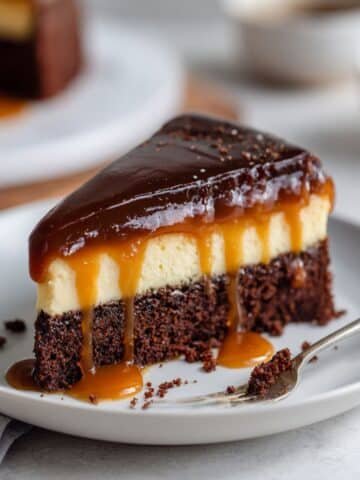
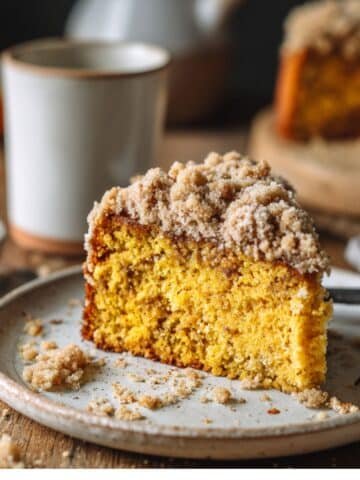
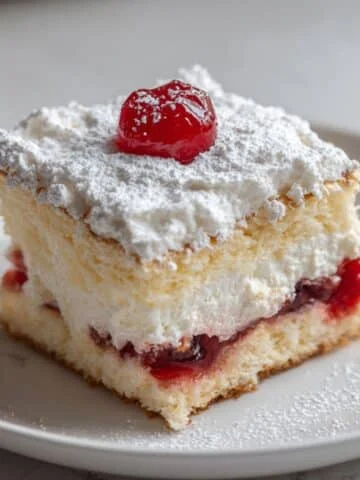
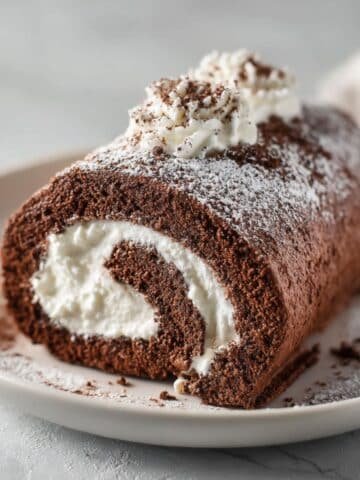
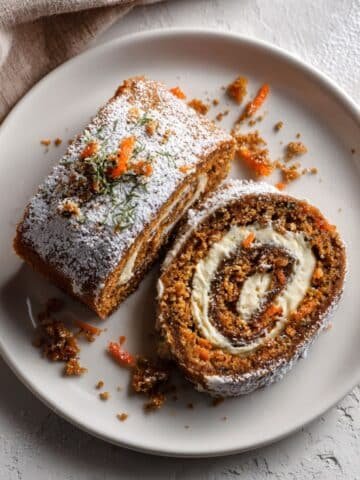

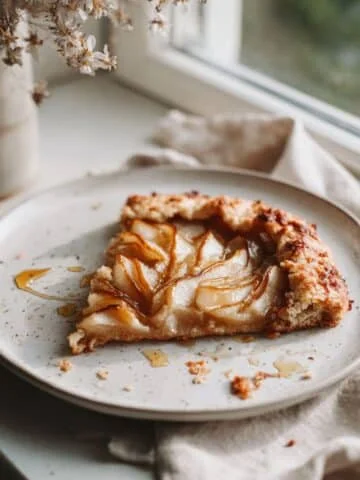
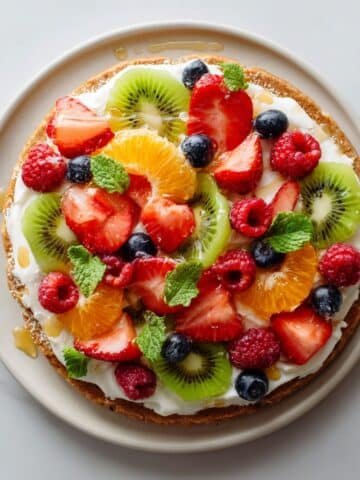
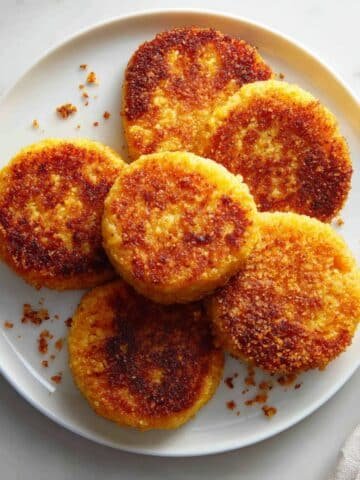

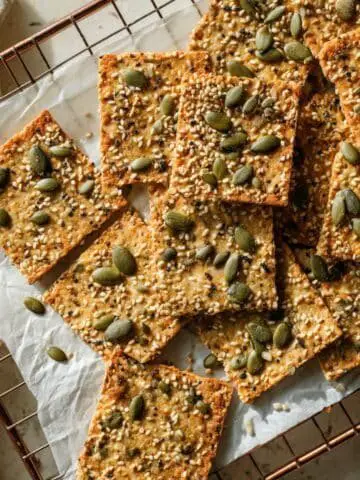
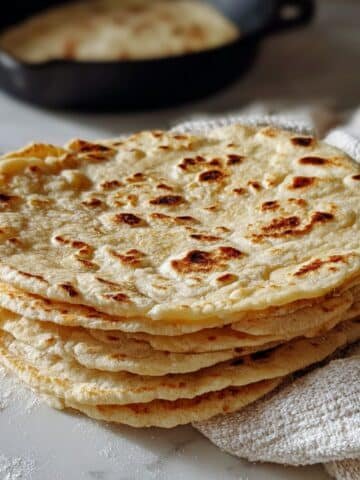
Leave a Reply